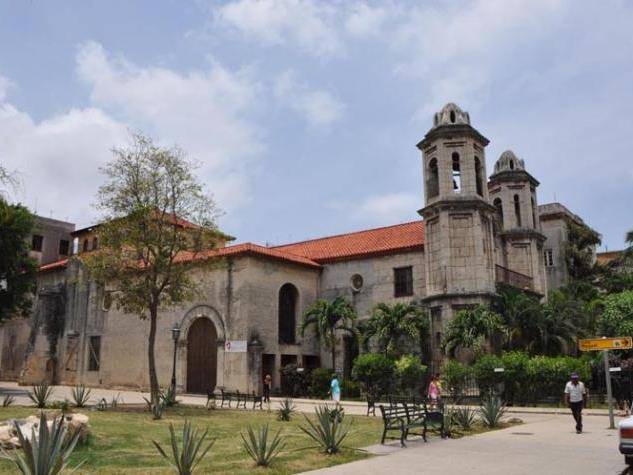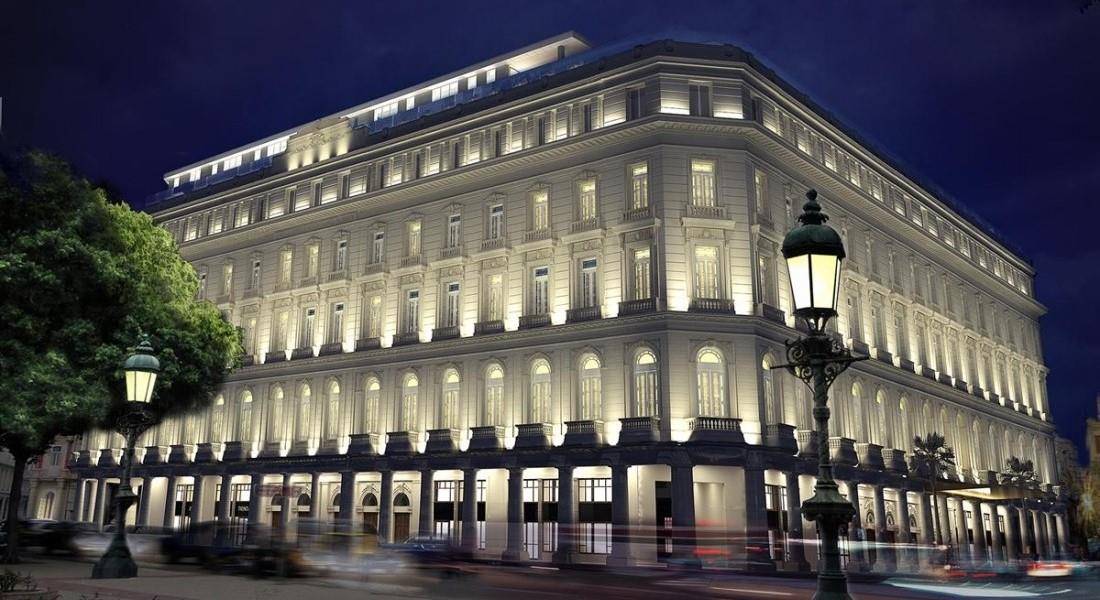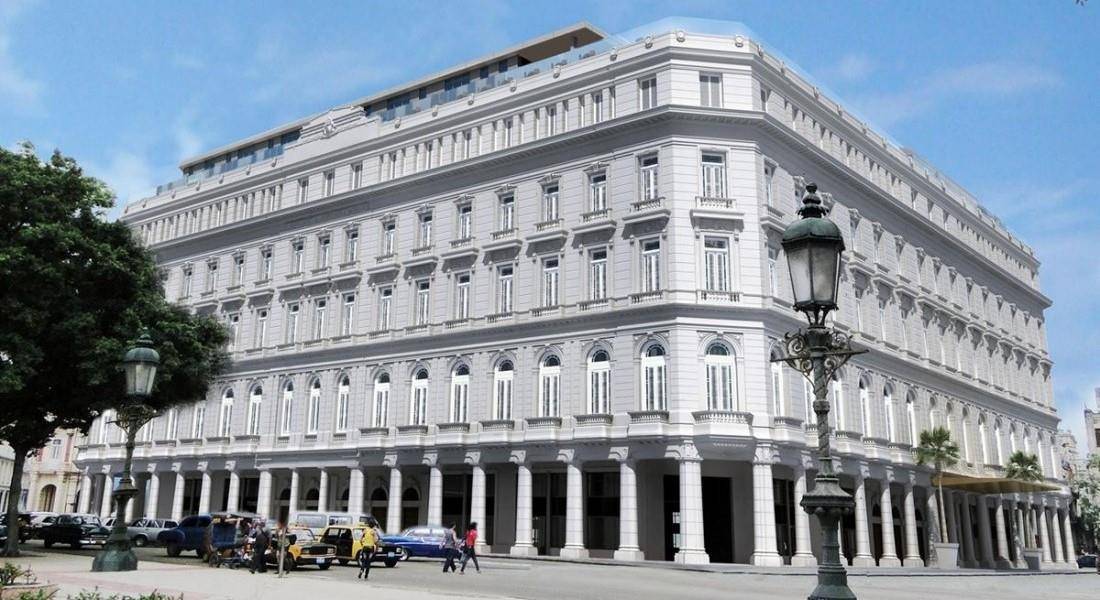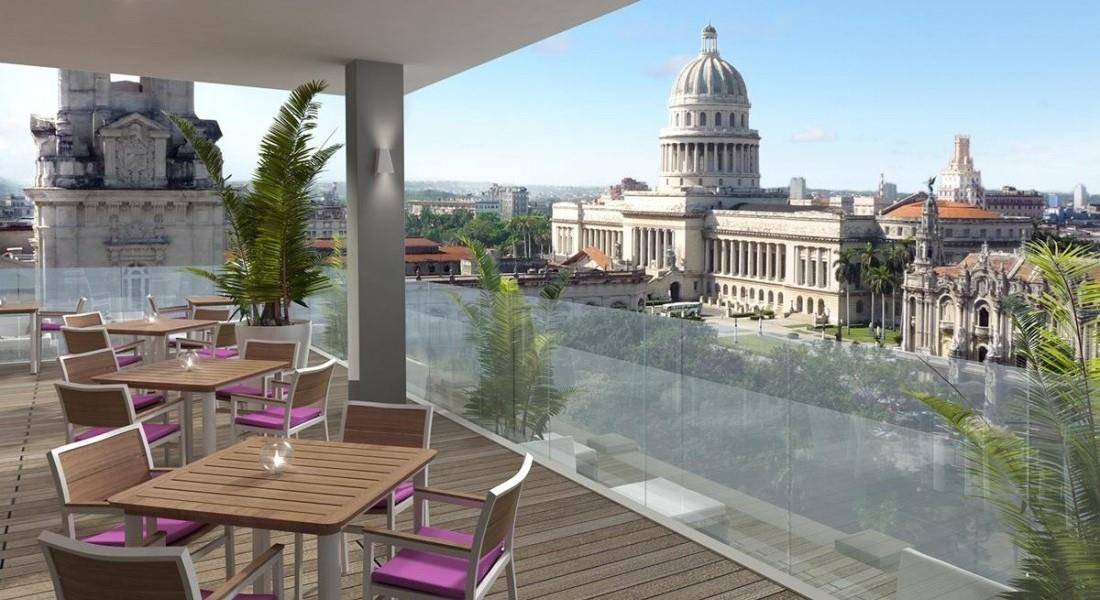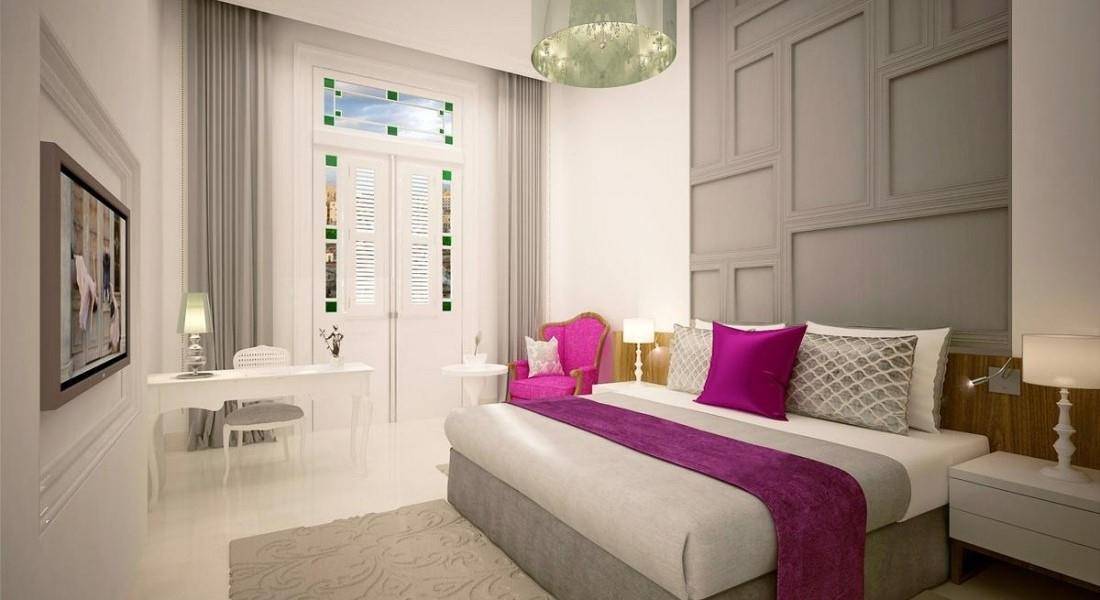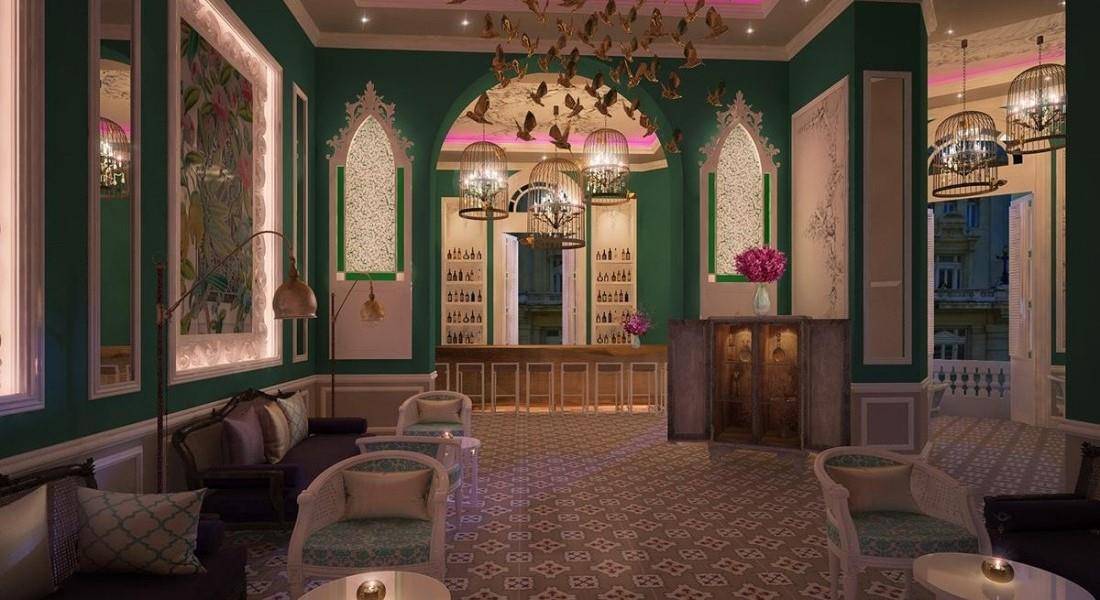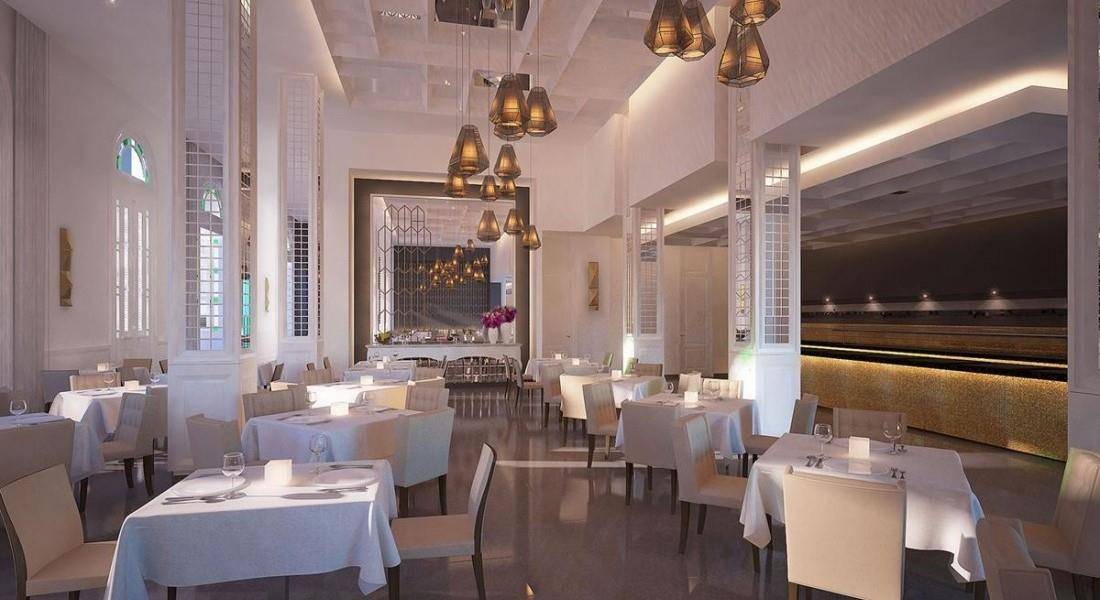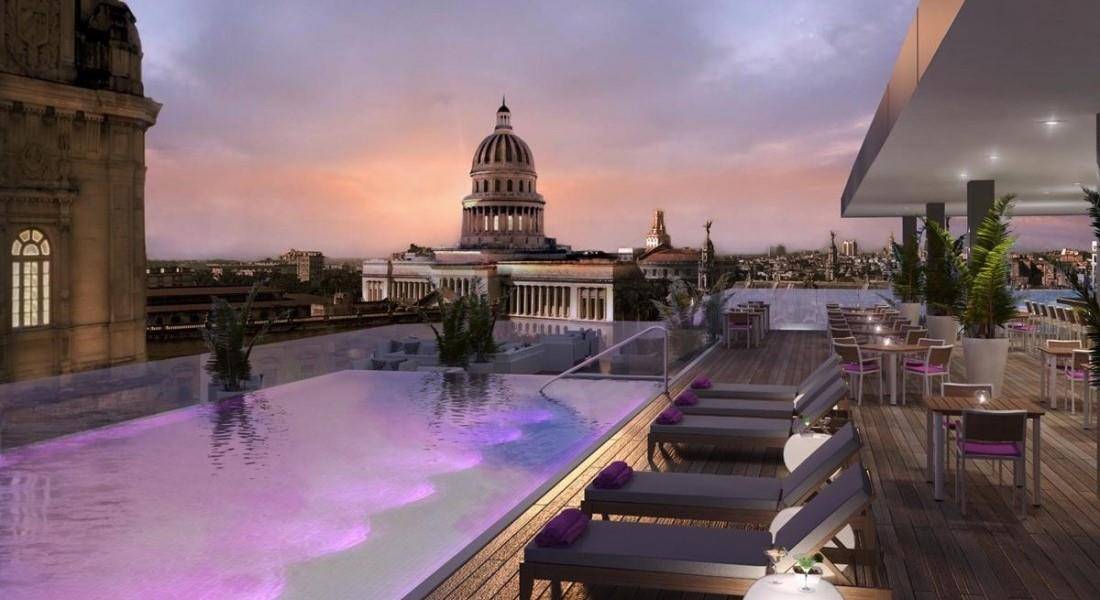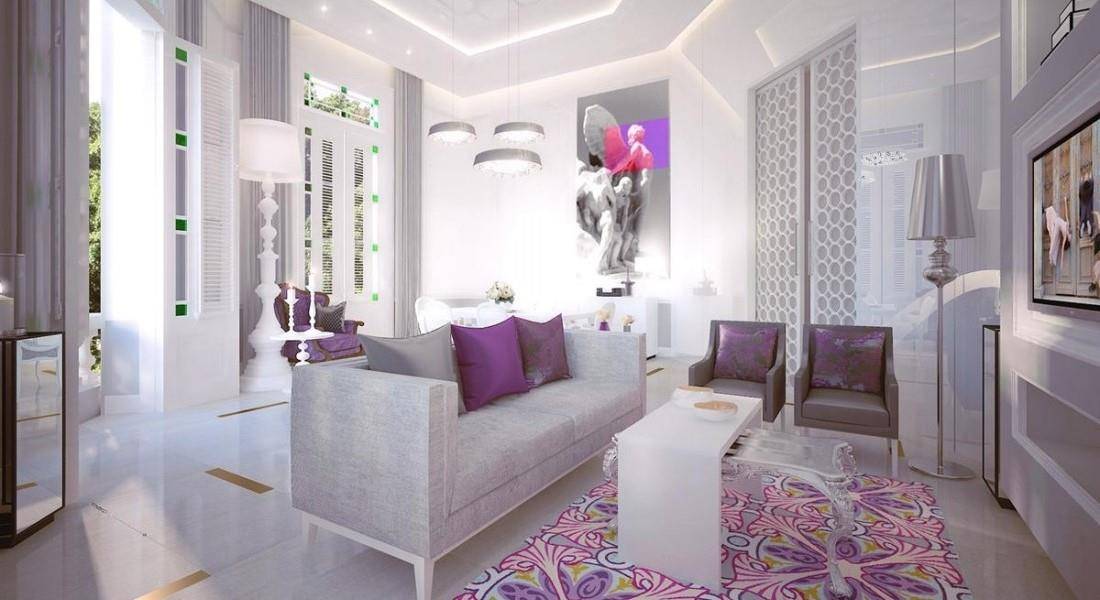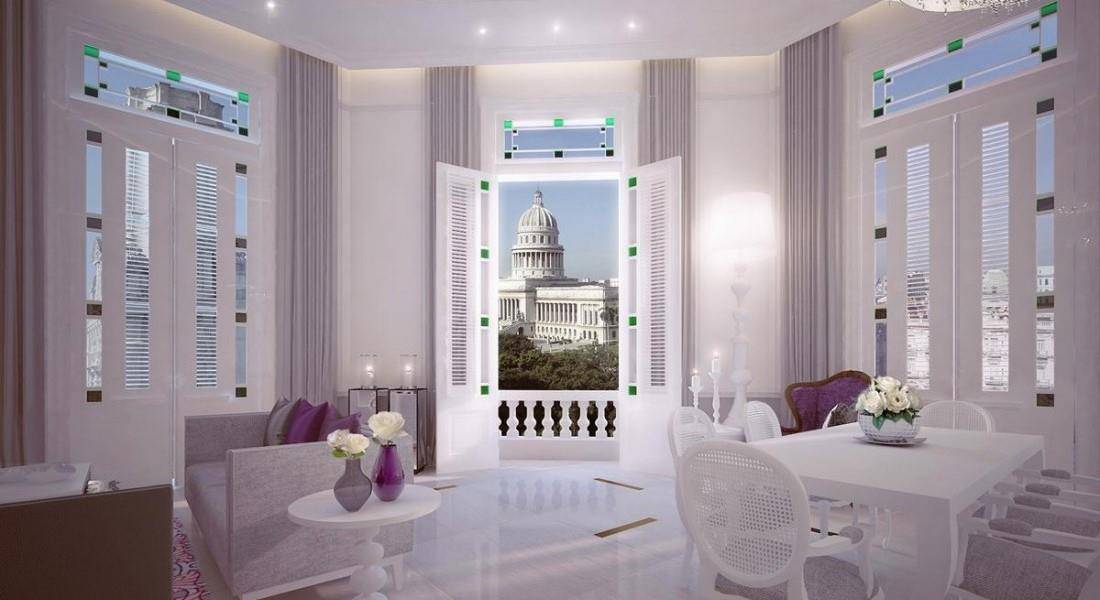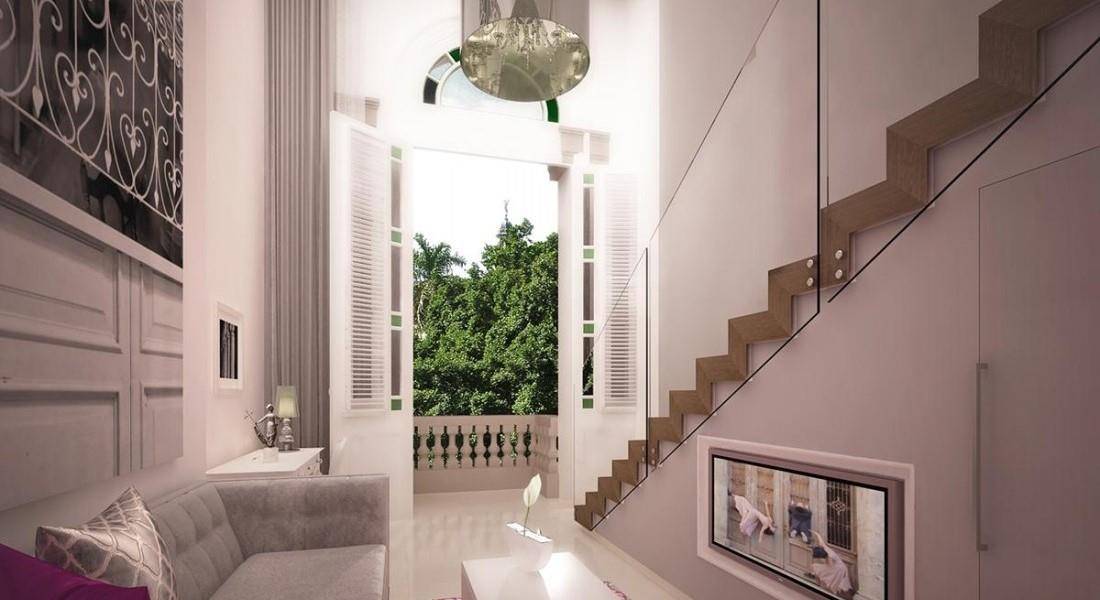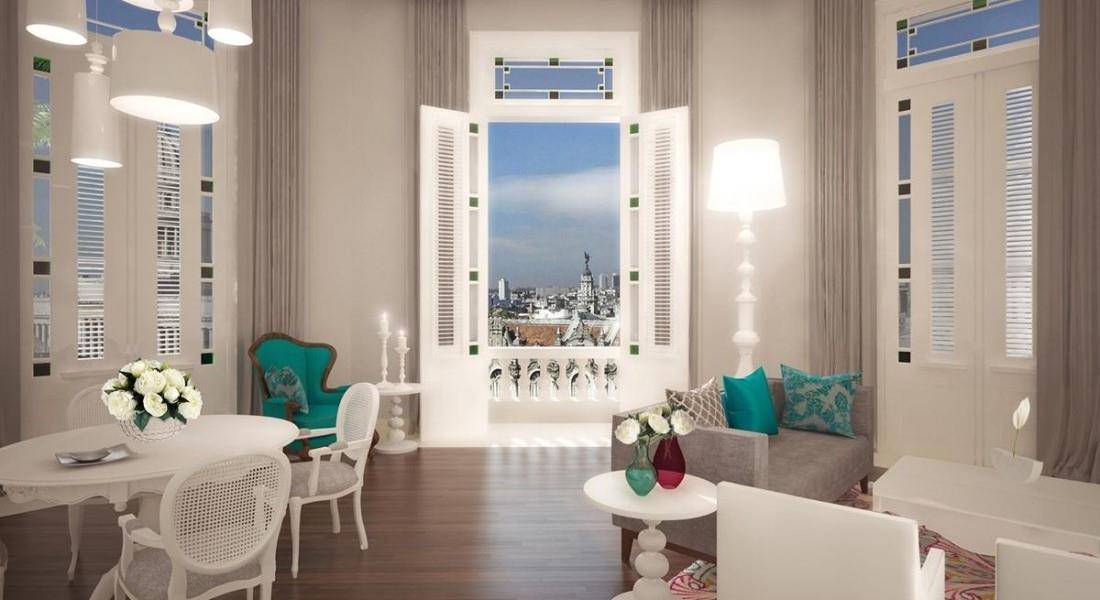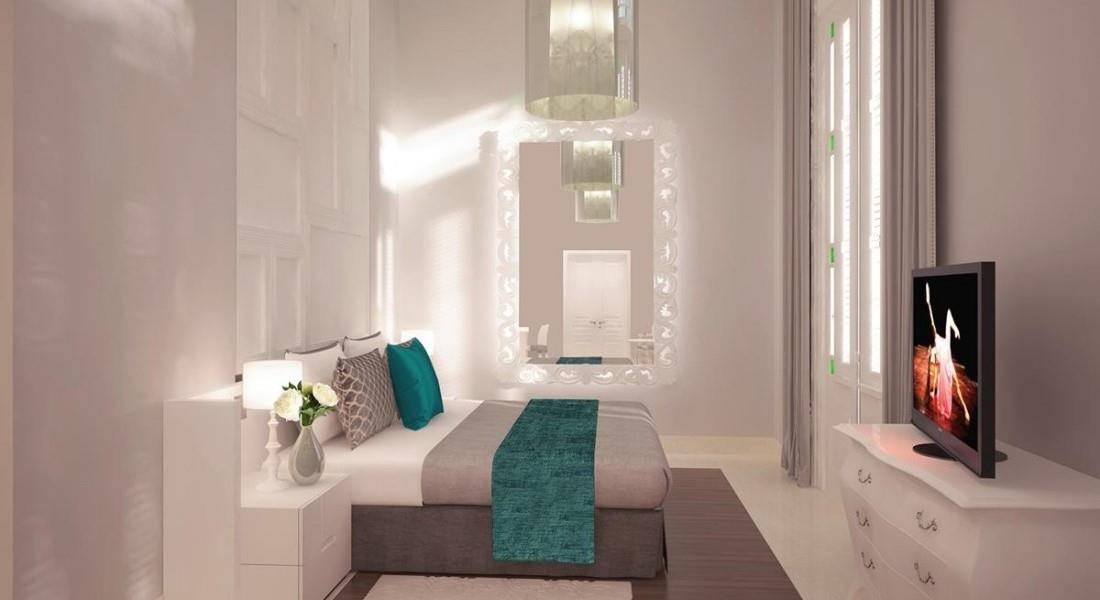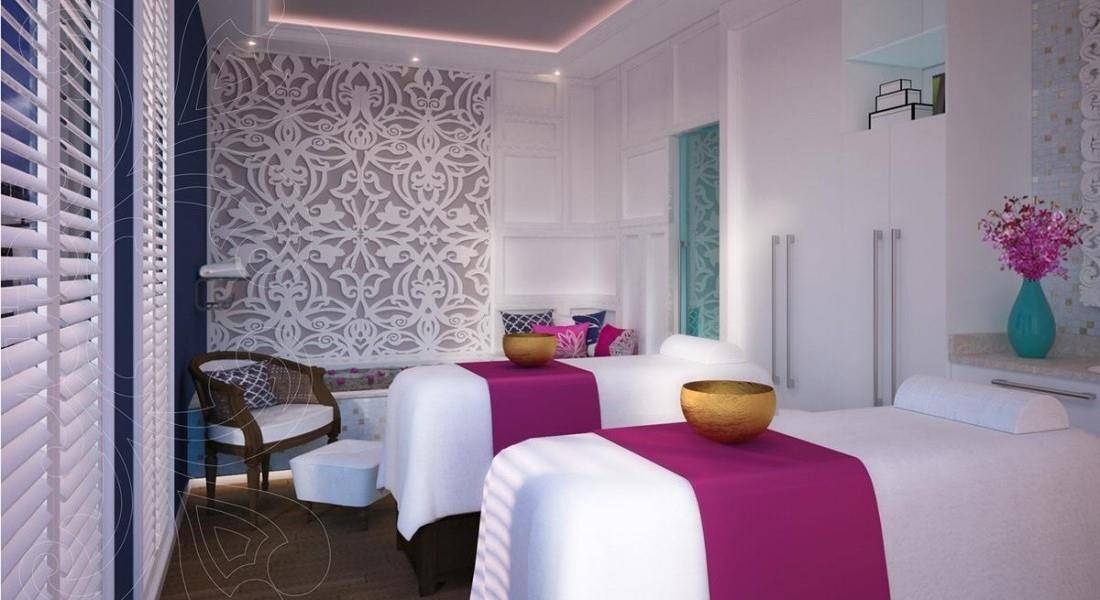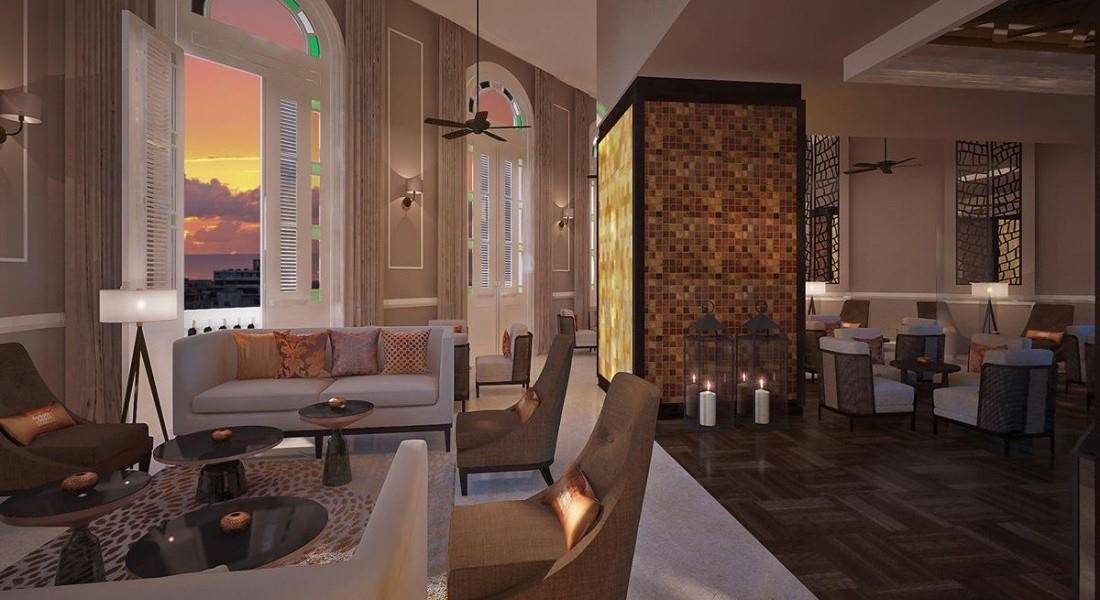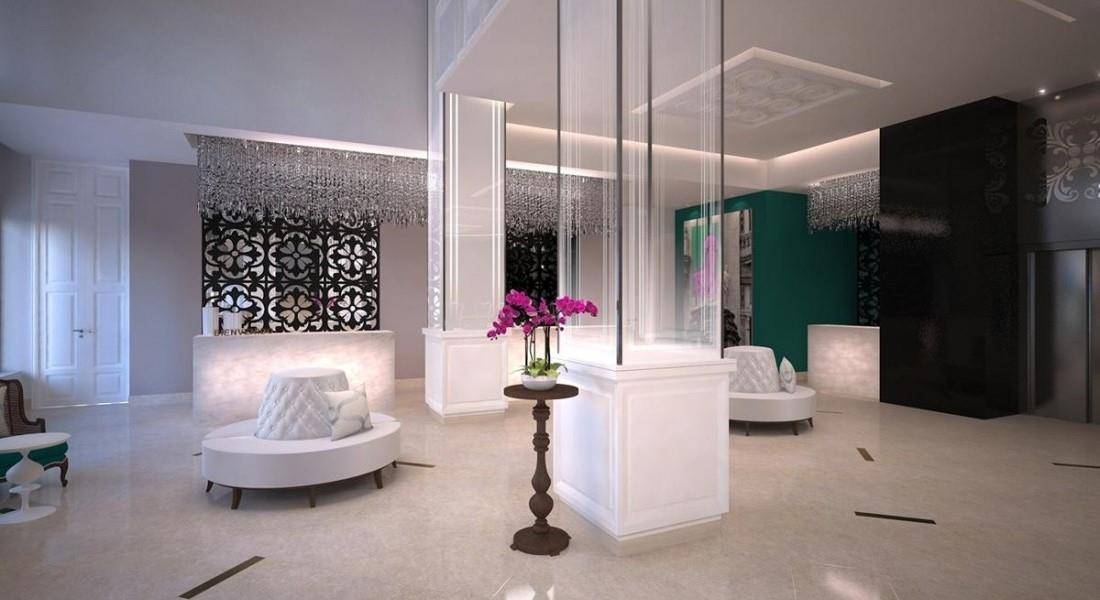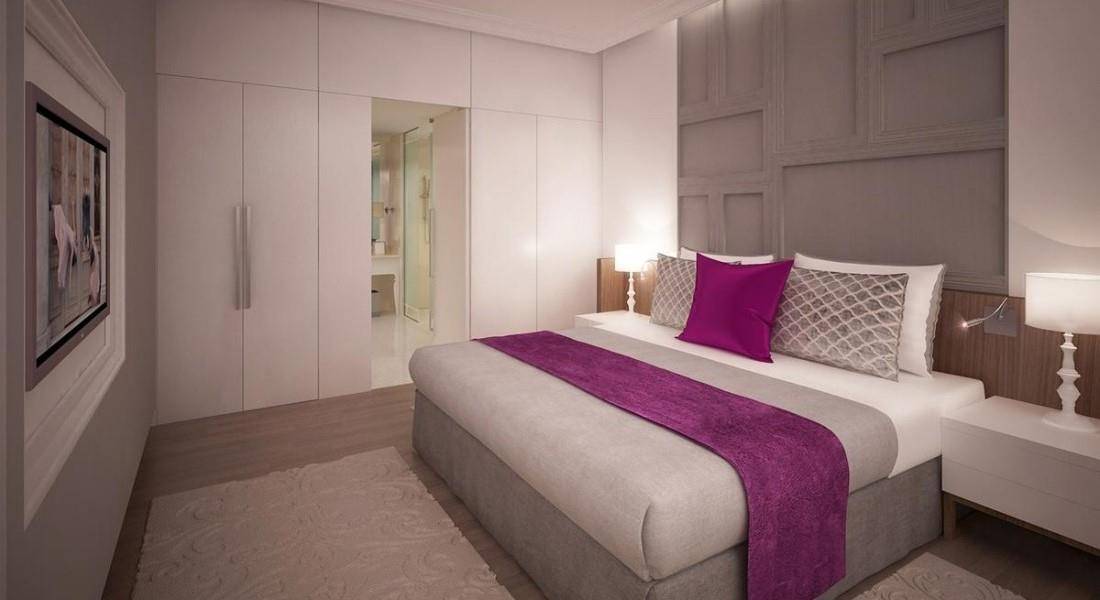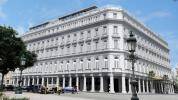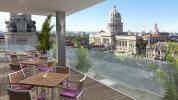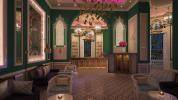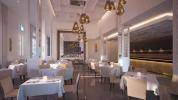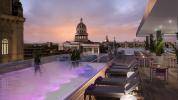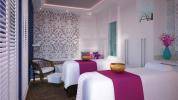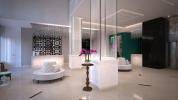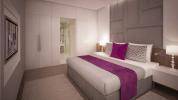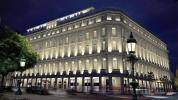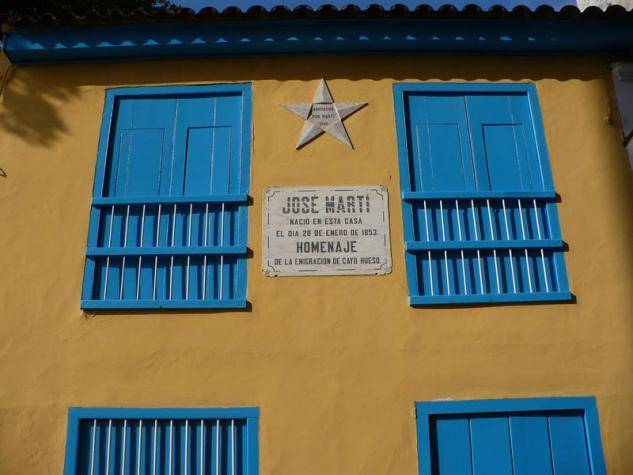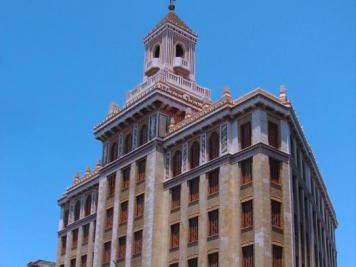About
Gran Manzana Kempinski
The Gran Hotel Manzana Kempinski La Habana has been described as the urban centre of gravity that pulls together Old Havana. Located on a block unto itself, the Gran Hotel Manzana connects the four main streets of Neptuno, San Rafael, Zulueta and Montserrate and facing the mouth of Obispo. The building proves to be the gateway to the touristic and commercial heart of the city. The Gran Hotel Kempinski looks straight out onto the infamous cocktail bar and Hemingway hangout, the Floridita whilst being flanked by the beautiful art deco Bacardi building and the Museo de Bellas Artes. The construction of the Manzana de Gómez (this is the original name of the building) was started in 1890 and taken over by its namesake Andres Gómez Mena in 1894. The building named The Apple of Gómez, has since become the Apple of Havana’s eye.
Finally completed in 1910 Manzana de Gómez initially consisted of one solitary floor, stretching the length of the square. By 1918 the building had expanded to its current capacity, occupying a further four floors. The Manzana de Gómez was initially established as Cuba’s first indoor shopping centre, or ‘mall’. Forming part of the pre- Revolutionary tourist experience of Cuba, US visitors centred many trips around the shopping experience of the Manzana de Gómez, the splendour of which could have been compared to the Galerie la Fayette in Paris. Unfortunately the many passing turbulent years took their toll upon the facade and interior of the building. Post- Revolution the building maintained its commercial uses whilst also accommodating many government offices. The deterioration of the building resulted in the closing of the space and eventual total refurbishment led by the luxury Swiss hotel group Kempinski.
Kempinski La Habana’s planned opening was set for 2016, however the progress has been slightly delayed and opening has been now confirmed for late spiring 2017. The Kempinski group whilst maintaining the essence, rustic beauty and original detail of the building, are bringing the world class structure up to luxury hotel standards. Kempinski have been working in tandem with Gaviota S.A. and the country state-operated Habagüanex in this three year old restoration project. Once completed the Hotel will consist of 246 elegantly decorated rooms, all with internet service, two high class restaurants, a luxurious pool and terrace overlooking the spectacular Havana skyline, a fully equipped gym and 5 star amenities providing clients with the utmost comfort.
